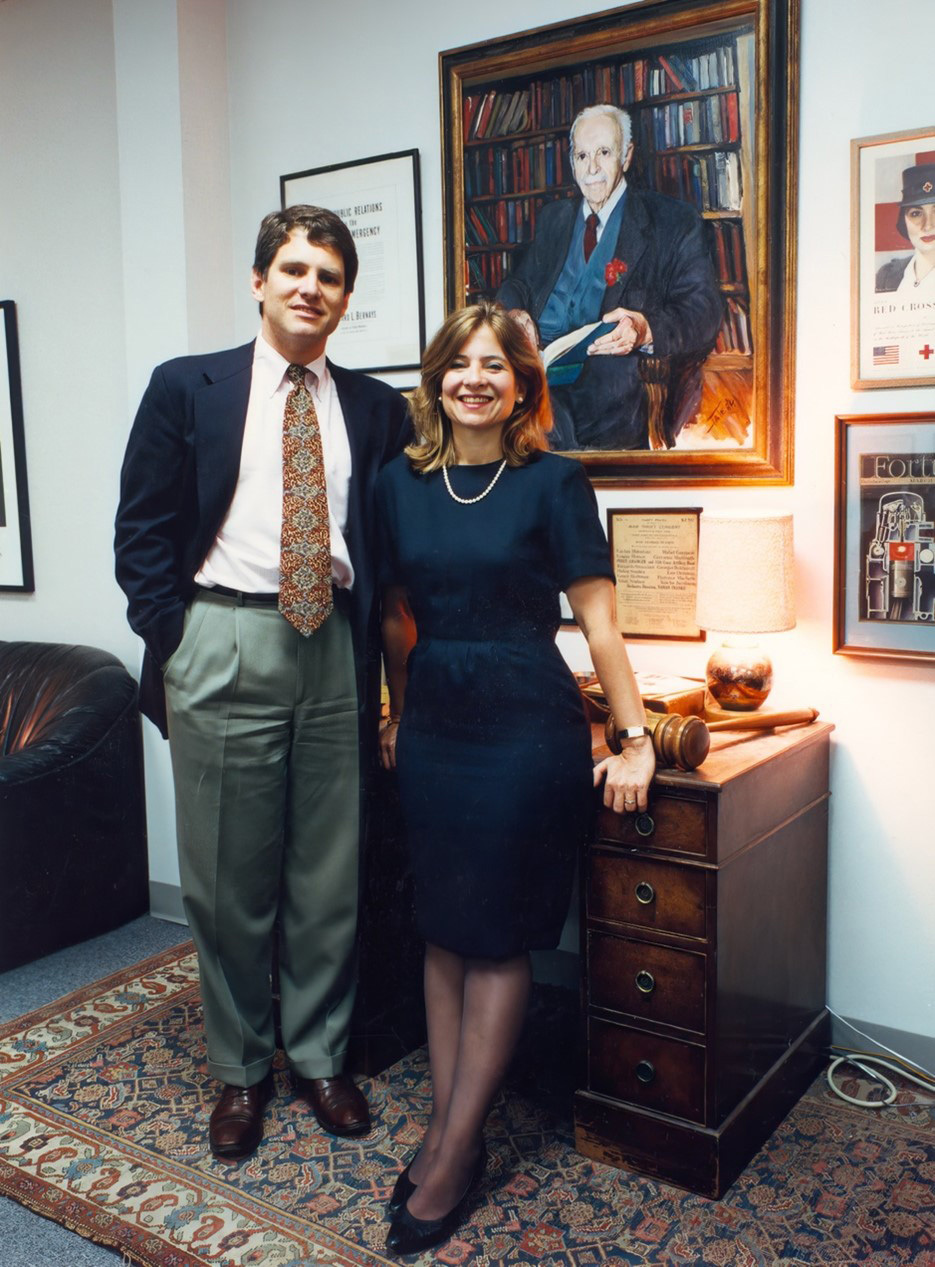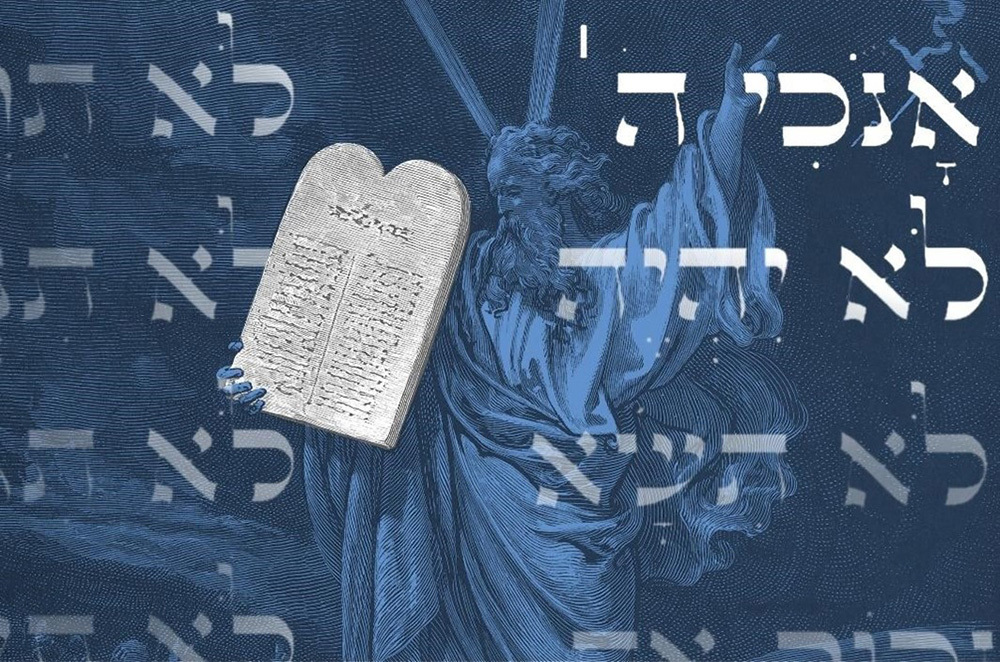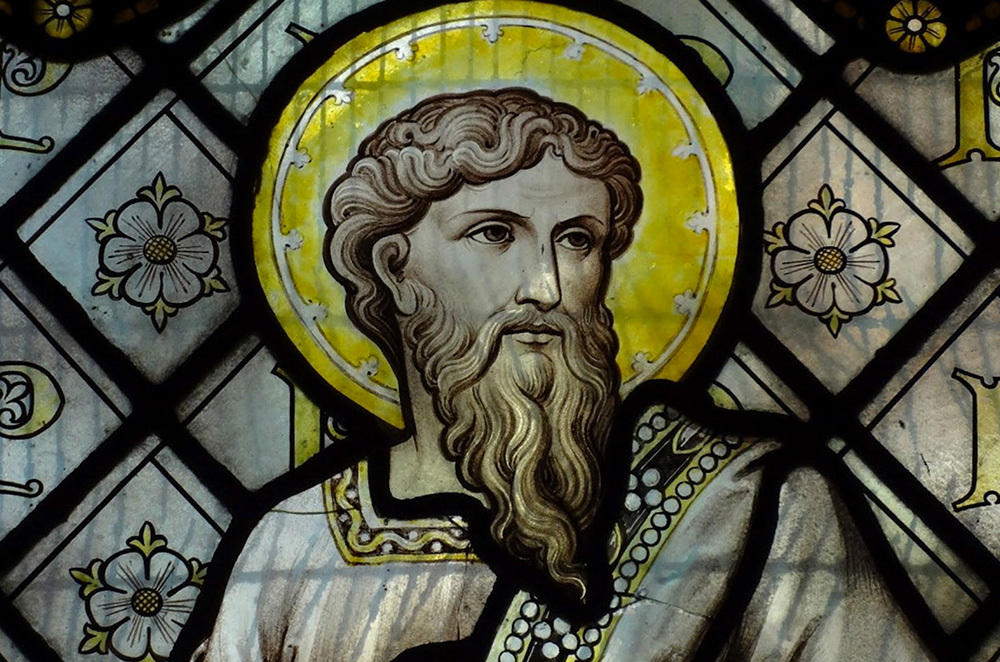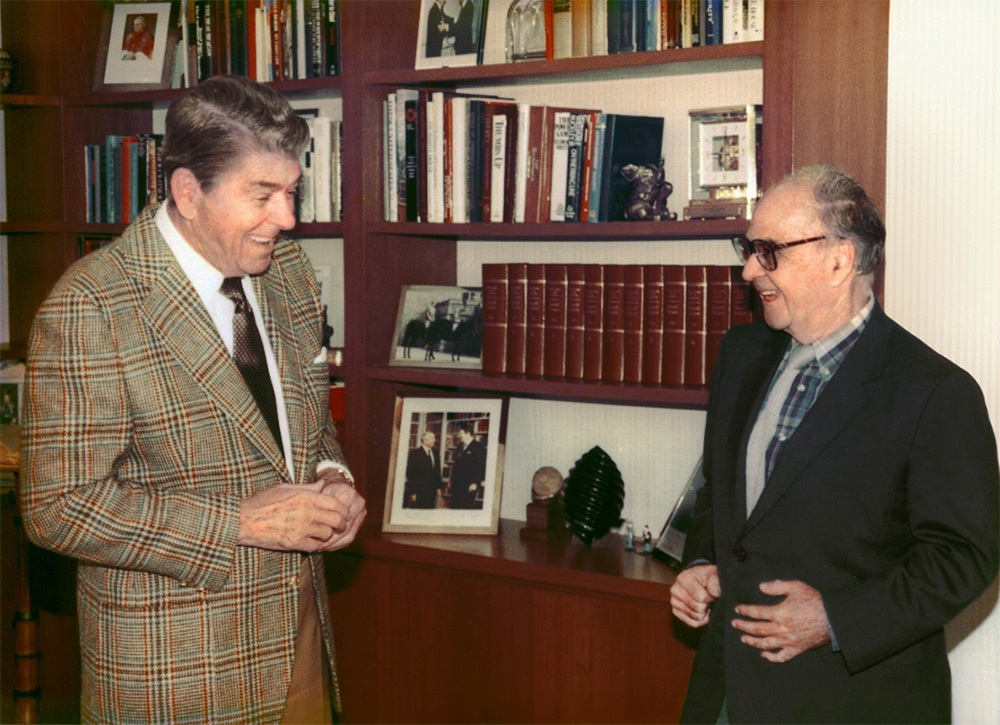PR Consulting Dentsu Inc.'s PR exhibition "What's PR? ~ What is PR? From Everyday Activities to the Power to Change Society," held at various locations in Tokyo since last fall, features content from The Museum of Public Relations in New York, with the museum's cooperation. This article introduces this unique museum dedicated to PR, outlines the goals of the PR Museum, and shares what we learned from the exhibition and what we aim to convey in Japan.
Manhattan's Permanent Museum Dedicated to PR
The practice we call "Public Relations" (hereafter PR) has evolved based on the "advancement of communication technology," starting with ancient murals, progressing through national inscriptions and religious scrolls, and continuing with innovations in the media environment: print, radio, television, and digital platforms. The permanent facility where you can survey this historical journey in one place is The Museum of Public Relations (PR Museum), located on Wall Street at the southern tip of Manhattan.
This facility is a registered museum officially chartered by the New York State Board of Regents, not a private exhibition. Its operating body is also recognized as a non-profit educational corporation (501(c)(3) organization). It is the only permanent, registered museum in the world dedicated solely to the theme of PR. Located on the 23rd floor of a skyscraper in the financial district, It serves as a "knowledge archive" where researchers, students, and PR practitioners gather.
The Museum of Public Relations
Location: 120 Wall Street, 23rd Floor, New York, NY 10005
Hours: Weekdays (Mon-Fri) 11:00 AM - 5:00 PM, Closed Saturdays & Sundays
Admission: Students $10, Educators $15, General Admission $25

Barry Spector (left), co-founder of the PR Museum, and Shelley Spector (right), co-founder and Director
In 1997, PR historian Sherry Spector and her husband and partner Barry Spector acquired the private collection of Edward Bernays, one of the fathers of modern PR. They first made it available as an online museum and later expanded it into a physical archive. The museum's fundamental approach is "learning about the future from the history of PR." Emphasis is placed on preserving past records and sharing them in a form accessible to future generations.
Over 5,000 Items and Exhibition Highlights
The PR Museum's collection exceeds 5,000 items. Highlights include draft press releases by Ivy Lee, often called the other father of modern PR alongside Edward Bernays, first editions by Edward Bernays, internal memos by Arthur Page (former Vice President of Public Relations at AT&T, known as the father of corporate PR), and media training materials by Harold Burson (founder of Burson-Marsteller, now Burson), among other primary sources systematically preserved from the dawn of PR to the present day.
Additionally, this museum houses propaganda materials from the First World War era, government PR records from the Vietnam War, and corporate crisis response documents, featuring a multi-layered exhibition structure where politics, social movements, and corporate practice intersect.
In organizing the PR exhibition in Tokyo, we structured the content based on the following principles:
1) Maintain neutrality and avoid sales-oriented content
2) Present a multi-layered exhibition encompassing "global and Japanese perspectives" and "past and present"
3) Present PR not merely as a practical business function, but as a broader social endeavor
This led us to focus on the PR Museum in New York. We approached the museum and, with the cooperation of Ms. Sherry and Mr. Barry, decided to translate and edit their valuable content into Japanese for inclusion in our exhibition.
PR Timeline

Ancient cave paintings scattered throughout Southern Europe
One of the PR Museum's key exhibits is the "PR Timeline," a comprehensive overview of PR history. Co-produced by the museum and Hofstra University in the U.S., this historical timeline, titled "Public Relations through the Ages," illustrates the evolution of PR and its relationship with the development of human communication. It introduces numerous key figures, events, and technological inventions that have connected "messages" and "messengers" across the ages.
This timeline begins with ancient cave paintings. While cave paintings have traditionally been viewed as early artistic expressions by humans, increasing numbers of cultural anthropologists now focus on the abstract symbols found around animal depictions—spirals, ellipses, handprints, and intersecting lines. These symbols are now thought to be more than mere decoration; they represent the beginnings of writing, replacing the visual world with abstract symbols. They are considered a possible early means of communication before humans had language, and the "PR Timeline" positions them as the starting point of PR history.
Spokespersons in the Bible

The Prophet Moses in the Old Testament
The important PR role of the "spokesperson" can actually trace its origins back to the Old Testament, written centuries before our era. The Book of Exodus, the second book of the Old Testament, depicts the process by which the Hebrews were liberated from slavery in Egypt and formed as a nation under a covenant with God. Within it, the prophet Moses receives a mission from God to lead the Israelites out of Egypt, but hesitates, citing his own speech impediment. Therefore, God assigns Moses' eloquent brother Aaron the role of "his mouth," establishing a communication structure: "God → Moses → Aaron → the people." Aaron would convey the will Moses received from God to both the people and Pharaoh. Furthermore, to gain the people's trust, God gave Moses a staff capable of performing miracles. It is recorded that through this, the people believed Moses had been sent by God. With Moses receiving God's will and Aaron speaking to the people and Pharaoh, the brothers fulfilled their mission together through this division of roles.
In the Bible, God's word could only be received directly by a select few, such as prophets who received special revelation. In Exodus, Moses received God's message as an intermediary, and Aaron, as the spokesperson, transformed it into words the people could understand. In other words, the prophets appearing in the Bible translated the messages received from God into a context the people could comprehend, conveying them to prompt a change in the people's attitudes. Furthermore, the text depicts how God reinforced Moses' authority and gained the people's trust by giving him a staff as visual and experiential proof. This can be seen as a prime example of communication grounded in evidence-based trust—a practice also employed in modern PR.
The Art of Storytelling in the New Testament

One of the New Testament authors, the Apostle Paul
Communication played a central role in the development of the early Christian church. The Apostle Paul traveled throughout the Mediterranean spreading Christ's teachings and is credited with writing 13 of the 27 books of the New Testament. His epistles were written to answer believers' questions and were intended to be read aloud in worship settings. Some historians view these activities as a "PR campaign." Indeed, considering that approximately 2.4 billion people worldwide—32% of the global population—are Christians today, it is no exaggeration to say Paul's missionary work ranks among the most successful PR campaigns in human history. The New Testament also contains various parables, such as "The Good Samaritan" and "The Prodigal Son." These stories convey God's teachings and messages through relatable narratives to aid understanding. This technique is fundamentally the same as the "storytelling" emphasized in modern PR, and the New Testament provides numerous examples of storytelling that can be considered its origin.
The history of PR spans from ancient times to the era of AI, and part of it is shared on the PR Consulting Dentsu Inc. website.
https://www.dentsuprc.co.jp/pr/beginners/
World leaders have been supported by PR professionals
In addition to this "PR Timeline," the PR Museum also provided us with a photograph of Harold Burson with former President Reagan.

Former President Reagan (left) and Harold Burson (right)
The presidents of major PR firms often serve as advisors to presidents and prime ministers. Timothy Bell, former president of the British PR firm Bell Pottinger, was renowned as an advisor to former Prime Minister Margaret Thatcher. In the United States, Harold Burson is known for advising successive presidents. He was particularly close friends with Ronald Reagan, continuing to have lunch together at least once a month even after Reagan left the White House. The PR exhibition also showcases such trivia from the PR industry. These materials reveal that national leaders understood the importance of PR.
PR Driving Social Reform
The exhibition content isn't limited to historical materials provided by the PR Museum. For the history of PR in Japan, it also introduces excerpts from an article in the Dentsu Inc. News from 60 years ago, explaining how the term "Public Relations" entered Japan.
Furthermore, successful PR campaigns from recent years are displayed through videos and POP displays. One such example is the "SHT" PR campaign conducted in Canada by Edelman, one of the world's largest PR firms, for the Swedish furniture brand IKEA. This PR campaign won a Gold Lion in the PR category at the Cannes Lions 2024.
IKEA's SHT Campaign That Moved Society
Canada has experienced nationwide inflation since around 2022. According to IKEA research, 45% of Canadians felt anxious about their household finances, with many turning to the secondhand market to get more value within limited budgets. In fact, 31% of people purchased secondhand items at least once a month.
Meanwhile, in Ontario, a 13% HST (Harmonized Sales Tax) is levied on all sales transactions. This tax, introduced in 1997, is now accepted without question.
However, IKEA noticed a problem: buying secondhand items resulted in double taxation. The new owner was effectively paying HST again on an item that had already paid HST when first purchased. This double taxation was generating millions of dollars annually for the federal government.

IKEA's HST Campaign
IKEA facilitates the buying and selling of its own used products to promote environmental protection and affordability. To combat this double taxation issue, IKEA devised the "SHT (Second-Hand Tax)". This is an "offset tax" that effectively cancels out the double taxation applied to used goods. The mechanism is simple. While the HST is 13%, the SHT is -13%. When customers purchase used products at IKEA, the taxes offset each other, resulting in an effective 0% tax rate.
IKEA widely informed the media about the SHT initiative and encouraged participation in a petition campaign calling for access to IKEA's used marketplace and the abolition of the HST.
The campaign resulted in over 35,000 signatures and a 192% increase in IKEA's used goods sales. Consequently, the Canadian government decided to engage in discussions with IKEA regarding policy changes to permanently eliminate this double taxation.
This demonstrates how PR has the power to highlight social issues and build movements toward their resolution. At the PR exhibition, we also conveyed this potential and power of PR to visitors.
Learning the Future from PR's History
Learning from the past isn't merely about accumulating knowledge; it leads to gaining insights that drive future innovation. From cave paintings to the present day, where AI enables sophisticated dialogue, "Public Relations" has evolved as a force enabling people and organizations to engage with society and drive change. The PR Exhibition "What's PR?" aims to be a place for reflection on this journey and new possibilities, through its historical materials and creative case studies, despite its modest scale.
We, the PR Exhibition team, hope that by starting with an understanding of "What is PR?" and "How has PR been involved in human society?", visitors will gain inspiration for the future of PR and new innovations.











